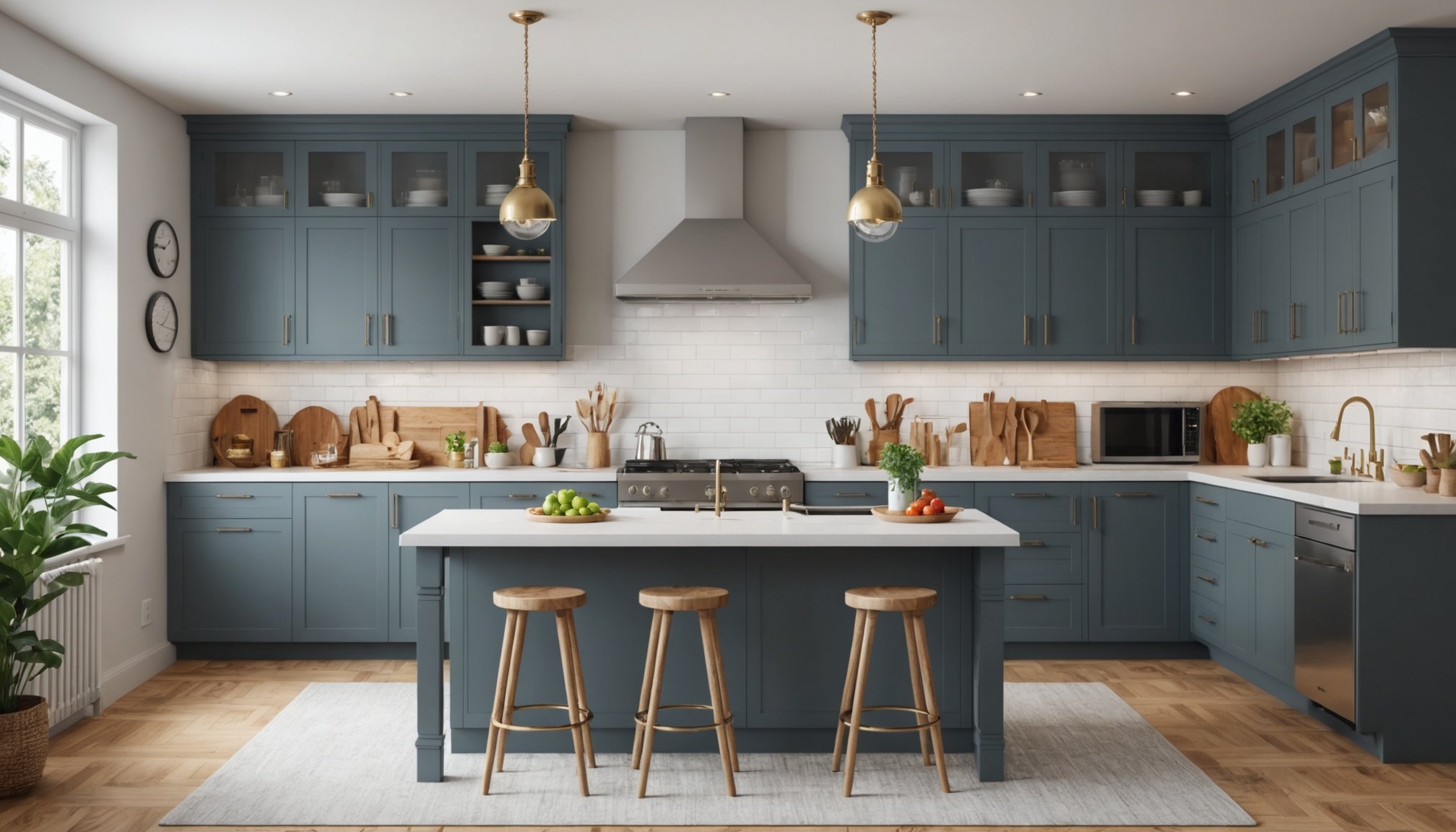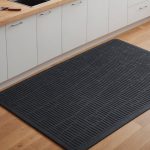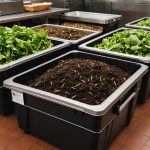Creating a home-based food venture demands a thoughtfully designed kitchen workspace that caters to both functionality and creativity. A well-organized kitchen promotes efficiency and inspires culinary innovation. Explore practical tips to optimize your kitchen layout, select the right equipment, and establish an inviting atmosphere. With the right setup, you can turn your culinary dreams into a thriving business, all from the comfort of your home. Get ready to revolutionize your kitchen space!
Understanding the Essentials of a Functional Kitchen Workspace
Creating a functional kitchen design is crucial for both personal cooking and operating a home-based food business. A well-planned kitchen workspace ensures efficiency and productivity. The layout plays a pivotal role, allowing for smooth workflow and easy access to essential tools and ingredients.
Also read : Elevate your holiday cooking: essential strategies for designing a streamlined kitchen space
Assessing space limitations and opportunities is the first step in optimizing your kitchen. Recognize areas that can be improved or restructured. Consider the "work triangle" concept, which connects the sink, stove, and refrigerator. This triangle minimizes movement and maximizes efficiency.
Key Elements of a Functional Workspace
- Storage Solutions: Ensure ample storage for ingredients and equipment. Use vertical space with shelves or hanging racks.
- Counter Space: Sufficient counter space is essential for meal preparation and assembly.
- Lighting: Good lighting enhances visibility and safety, especially in task areas.
A well-organized kitchen can transform your cooking experience. As Julia Child once said, "The only real stumbling block is fear of failure. In cooking, you've got to have a what-the-hell attitude." Embrace creativity while maintaining organization.
Also to discover : Top Thermal Insulation Materials for Kitchen Floors in UK’s Chillier Regions: A Comprehensive Guide
To achieve a functional kitchen design, regularly assess your kitchen workspace essentials. Adjust and adapt to your evolving needs, ensuring your kitchen remains a place of inspiration and efficiency.
Designing Your Kitchen Layout for Maximum Efficiency
To achieve a functional kitchen design, understanding different kitchen layout designs is essential. These layouts optimize workflow and ensure effective space utilization.
Types of Kitchen Layouts
There are several common kitchen layout designs to consider:
- Single Wall: Ideal for small spaces, this layout places all appliances and cabinets along one wall, maximizing space utilization.
- Galley: Featuring two parallel walls, this layout is efficient for workflow optimization as it minimizes unnecessary movement.
- L-Shaped: This design allows for flexible workflow with two perpendicular walls, offering ample counter space.
- U-Shaped: Enclosing three walls, it provides extensive storage and space utilization for larger kitchens.
Choosing the right layout depends on your specific needs and the available space. Consider how each design can enhance your kitchen's workflow and efficiency.
Creating an Efficient Workflow
An efficient workflow is crucial for a productive kitchen. Arrange your appliances and workstations to minimize movement and maximize space utilization. The "work triangle" is a classic concept that connects the sink, stove, and refrigerator, facilitating a seamless workflow.
By selecting a suitable kitchen layout design and organizing your space effectively, you can transform your kitchen into a well-optimized, efficient workspace.
Essential Equipment for Home-Based Food Ventures
Understanding the right kitchen equipment is crucial for a successful home-based food business. Selecting the appropriate essential tools can significantly enhance your efficiency and productivity.
Must-Have Appliances
For any food business, certain appliances are indispensable. A reliable oven is essential for baking, roasting, and meal preparation. A food processor can streamline chopping, mixing, and pureeing tasks, saving time and effort. A stand mixer is vital for baking, particularly for mixing doughs and batters with ease.
Tools for Baking, Catering, and Meal Prep
To cater to diverse culinary needs, invest in versatile tools. Baking enthusiasts should consider measuring cups, baking sheets, and mixing bowls. For catering, chafing dishes and serving utensils are essential to maintain food temperature and presentation. Meal prep is simplified with sharp knives, cutting boards, and storage containers.
Storage Solutions
Efficient storage solutions are key to maintaining organization. Use shelving units and pantry organizers to keep supplies accessible. Labeling containers can further enhance organization, ensuring ingredients are easy to find.
"Good equipment is the foundation of any successful kitchen." – Unknown
By equipping your kitchen with these essential tools, you can create a functional and efficient workspace, ready to meet the demands of a home-based food venture.
Compliance with Health and Safety Regulations
Ensuring compliance with local health and safety regulations is crucial for any home-based food business. Understanding these food safety regulations helps maintain a safe kitchen environment and prevents potential legal issues.
Overview of Local Health Regulations
Comprehending local health codes is essential. Regulations often include guidelines on food handling, storage, and preparation. Regular inspections may be required to ensure compliance with these standards. Familiarize yourself with your area's specific compliance guidelines to avoid fines or penalties.
Best Practices for Maintaining Food Safety
Implementing best practices is key to food safety. Ensure that all food is stored at the correct temperatures to prevent spoilage. Use separate cutting boards for raw meat and vegetables to avoid cross-contamination. Regularly check expiration dates and rotate stock to maintain freshness.
Importance of Sanitation and Cleanliness
Sanitation is the backbone of a safe kitchen. Cleanliness prevents the spread of bacteria and contaminants. Wash hands thoroughly before handling food and sanitize surfaces regularly. Ensure that all utensils and equipment are cleaned after use to adhere to health codes.
"Cleanliness is the foundation of a successful kitchen." – Unknown
By prioritizing these practices, you can create a compliant kitchen that meets all necessary health and safety regulations.
Enhancing Productivity and Creativity in Your Kitchen
Creating a kitchen productivity hub is essential for any food entrepreneur. With a few strategic adjustments, your kitchen can become a space that inspires creative cooking.
Organization Methods for Easy Access
Streamline your workspace with effective organization methods. Use labeled containers for spices and ingredients to ensure everything is within reach. Vertical storage solutions, like pegboards or magnetic strips, can keep frequently used tools accessible, reducing time spent searching.
Incorporating Personal Touches for Inspiration
Personalize your kitchen to boost creativity. Display favorite cookbooks or hang art that inspires you. A little creativity in your decor can spark new ideas and make your kitchen a more inviting space.
Time Management Tips for Busy Food Entrepreneurs
Efficient time management is crucial for maintaining productivity. Consider setting designated times for meal prep, cooking, and cleanup. Batch cooking and preparing ingredients in advance can save valuable time during busy periods.
- Plan meals ahead: Reduces last-minute stress
- Use timers: Keeps track of cooking times
- Delegate tasks: Involves family or staff
"The key to success is not in working harder, but in working smarter." – Unknown
By incorporating these strategies, you can enhance both productivity and creativity in your kitchen, making it a dynamic and efficient environment.











